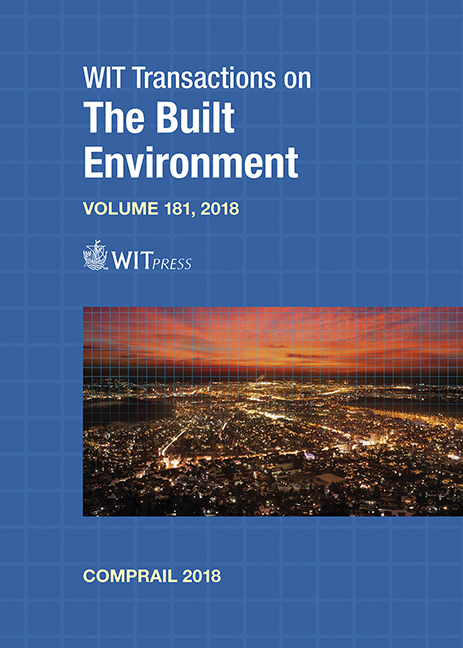NOISE REDUCTION FOR BALLASTED TRACKS: A SOCIO-ECONOMIC ASSESSMENT
Price
Free (open access)
Transaction
Volume
181
Pages
12
Page Range
461 - 472
Published
2018
Size
350 kb
Paper DOI
10.2495/CR180411
Copyright
WIT Press
Author(s)
ALEJANDRO ORTEGA, SIMON BLAINEY, JOHN PRESTON, DAVID THOMPSON, GIACOMO SQUICCIARINI, EVANGELOS NTOTSIOS, JOHN ARMSTRONG
Abstract
Transport infrastructure produces many externalities. Increased accessibility and the resultant economic development are among the most notable positive ones. Accidents, air and noise pollution, and other environmental issues, such as impacts on biodiversity, landscape and townscape, are the most important negative ones. In the case of railway infrastructure, noise and vibration impacts have a key effect on net social benefit. Noise and vibration reduction is crucial to achieve greater social benefits. In this context, the University of Southampton has been working on the Track to the Future (T2F) project, which is assessing, among other issues, how to produce a quiet ballasted track system that is also cheaper to maintain and renew. This paper considers combinations of engineering interventions that could reduce noise and vibration. These include under sleeper pads which attenuate ground vibration, rail dampers and noise barriers which reduce airborne noise. The effects on noise and vibration of under sleeper pads are determined using detailed engineering models. The overall benefits are then assessed for a notional section of track based on a typical route in the UK.
Keywords
comfort, noise, railway, reliability, under sleeper pads, upgrades





